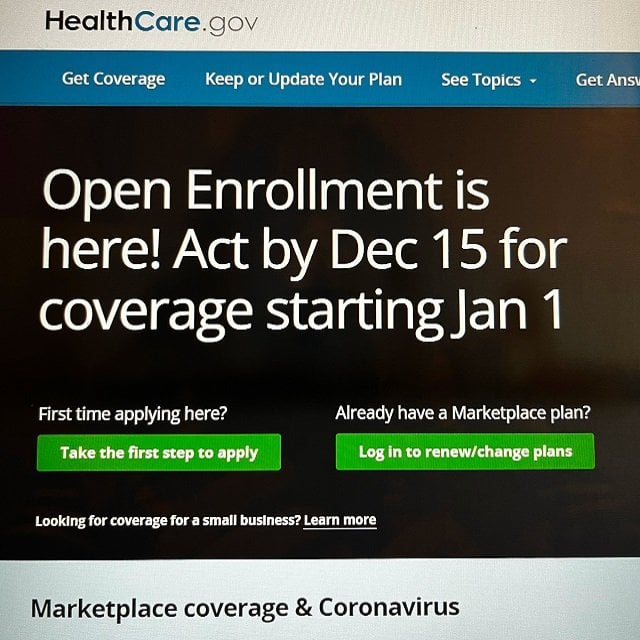Here's How Much HealthCare.gov Agents Earned Last Year

What You Need to Know
The top 1% of producers might account for more than one-quarter of the applications submitted.
Officials estimate that those producers earn about $33 per hour.
CMS is holding a HealthCare.gov agent and broker summit.
HealthCare.gov — the federal government’s commercial health insurance distribution system — says that it now has 66,893 registered agents and brokers, and that they appear to earn a mean hourly wage of $33.34.
Officials at the Centers for Medicare & Medicaid Services, the arm of the U.S. Department of Health and Human Services that runs HealthCare.gov, put those details in a new batch of health insurance regulation parameters for 2024 that appeared Thursday in the Federal Register.
HealthCare.gov helped about 12 million of the 16 million people using an exchange plan this year get their coverage.
What It Means
It’s possible that many federal policymakers are learning most, or all, of what they know about health insurance agents — and possibly financial professionals in general — from reports on HealthCare.gov.
HealthCare.gov
Congress included the provisions that led to the creation of HealthCare.gov in 2010 when it passed the two laws that make up the Affordable Care Act package. HealthCare.gov helps consumers shop for health coverage from private health insurers, and use ACA premium tax credits to pay for the coverage, for 33 states.
Other states and the District of Columbia have locally run exchange programs.
Agent and Broker Details
Officials included the details about HealthCare.gov agents and brokers in an analysis of the impact of a recordkeeping requirement change on producers. CMS will now require producers to keep an indication that consumers reviewed and approved the information in an application, and that the information appears to be correct, for 10 years.
The annual ACA open enrollment period, or time when it’s easiest for people to sign up for exchange plan coverage, now lasts 76 days and runs from Nov. 15 before a plan year starts up until Jan. 15, during the first month of the plan year.
Producers submitted 4.9 million applications for exchange plan coverage during plan year 2022, up from 3.6 million in plan year 2021. Officials did not say how many people were covered by the average application.
The top 1% of producers, or about 668, submitted 1.2 million of the applicants received throughout all of 2021, or 32% of the 2021 total. If those producers worked five days per week year-round, they may have submitted an average of about seven applications per day each, officials estimated.
During the open enrollment period for 2022, all participating producers submitted an average of 38 applications for the entire open enrollment period.
The top 1% of producers accounted for 689,149 open enrollment period applications, or 27% of the open enrollment period total, and they submitted an average of 18 applications per day during the 2022 open enrollment period.






